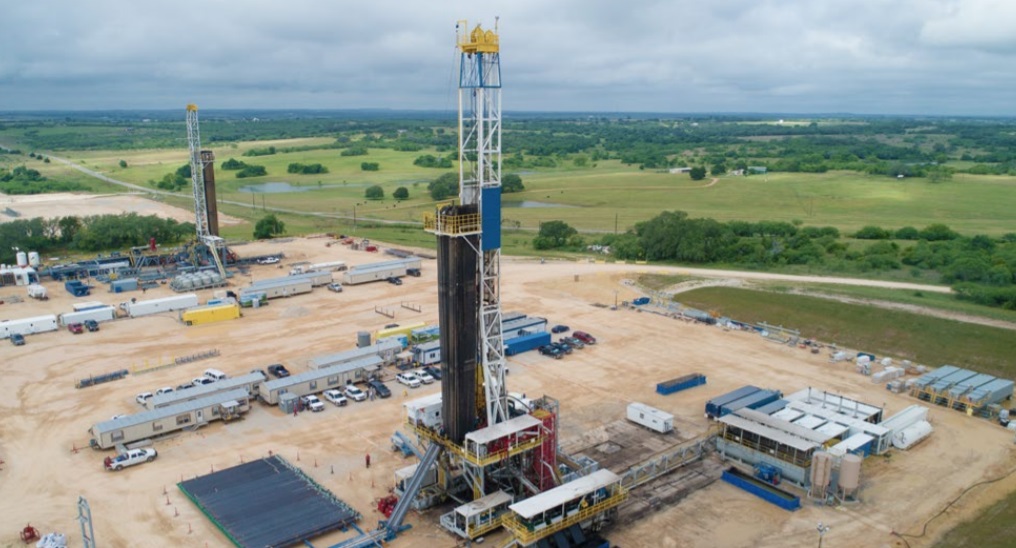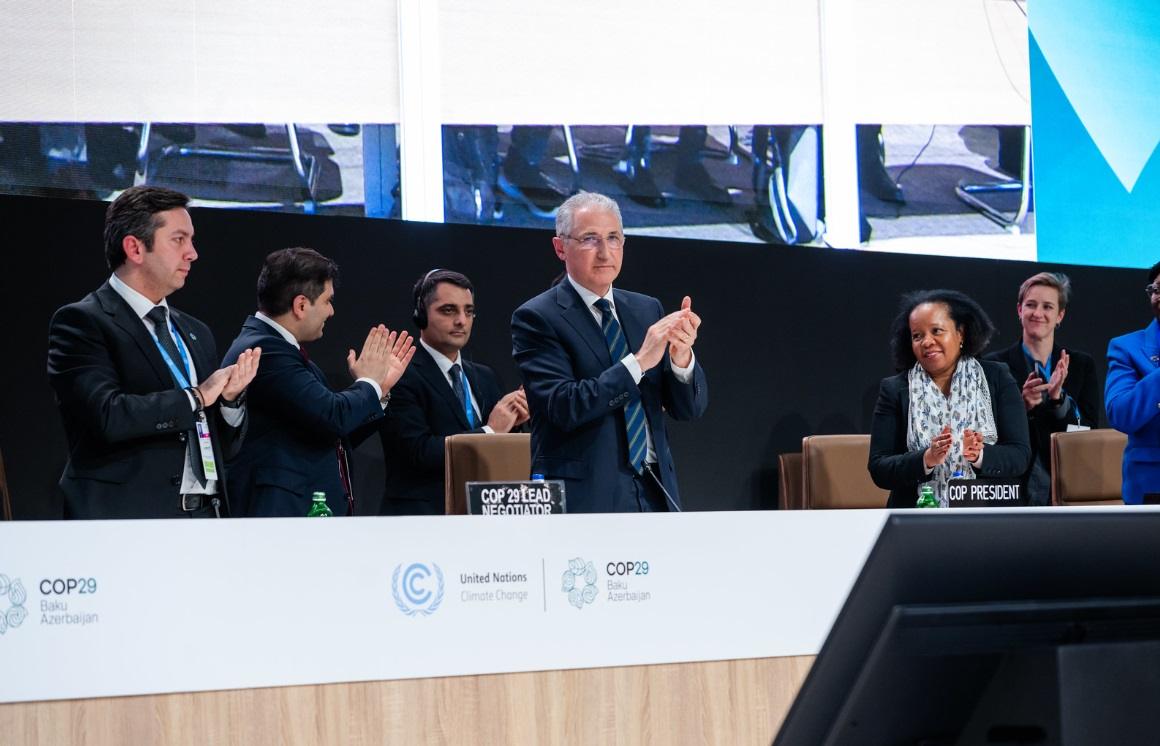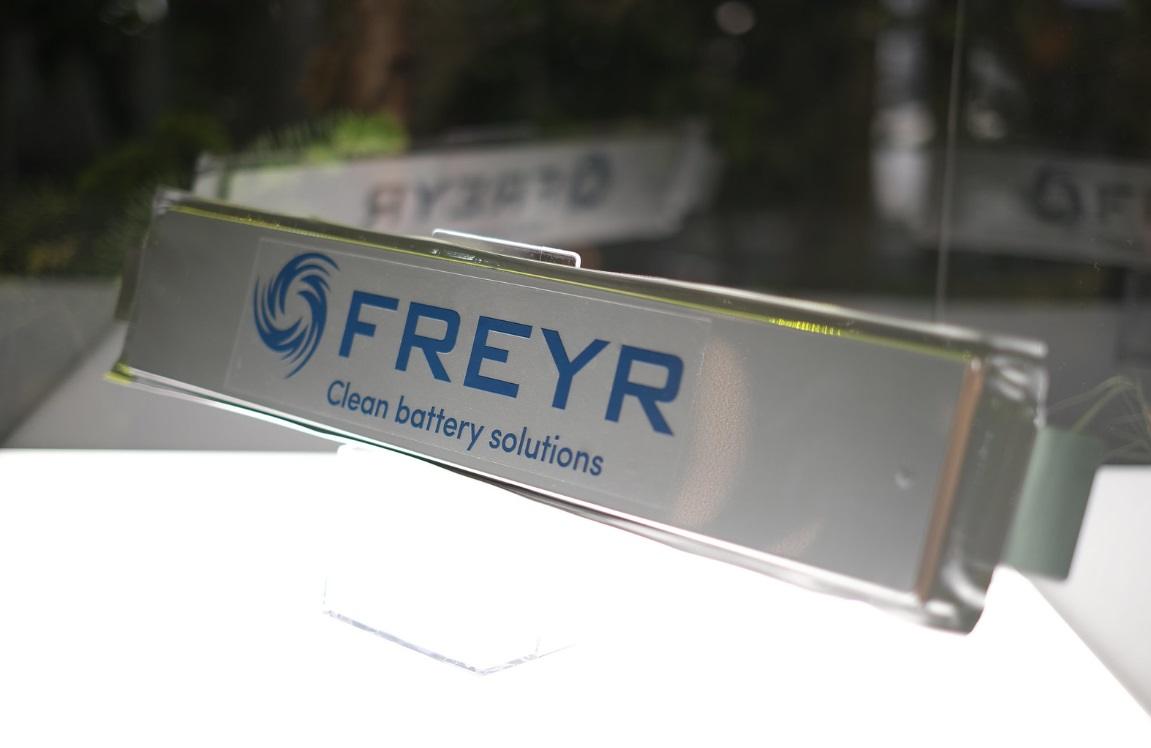ConocoPhillips Sets Net Zero 2050 Goal While Doubling Down on Oil & Gas with $10B Acquisition
Oil and gas company ConocoPhillips surprised the market with a pair of announcements, including a commitment to reach net zero operational emissions by 2050, as well as the announcement of the $10 billion acquisition of unconventional shale producer Concho Resources.
While committing to emissions reductions and simultaneously doubling down on fossil fuel production struck many market observers as inconsistent, the firm insisted that the combined company would be a sustainability leader in the industry. In the acquisition announcement, ConocoPhillips stated that:
“The combination creates a platform for leading the sector into the energy transition and a low-carbon future. The combined entity will be the first U.S.-based oil and gas company to adopt a Paris-aligned climate risk strategy to meet an operational (Scope 1 and Scope 2) net-zero emissions ambition by 2050.”
Introducing the company’s new sustainability commitments, ConocoPhillips CEO Ryan Lance explained further:
“As an exploration and production company, we recognize three significant issues facing our sector. First, the world is increasingly demanding global action to address climate change. Second, we need to play a part in sustainably helping meet global energy demand. And third, we must do both while delivering competitive returns.
“We are making clear our intent to address all three issues by laying out a climate risk strategy that aims to reinforce our commitment to environmental, social and governance (ESG) excellence.”
ConocoPhillips stated that its GHG reduction targets are consistent with the Paris Agreement’s aim to limit the rise of global temperature to well below 2 degrees Celsius. The company said it will initiate a series of actions towards its sustainability goals, including aiming to become a net-zero company for operational (scope 1 and 2) emissions by 2050; revising its previous operational GHG emissions intensity reduction target to 35-45% by 2030, from the earlier 5-15% goal; endorsing the World Bank Zero Routine Flaring by 2030 initiative, with an ambition to meet that goal by 2025, and; adding continuous methane monitoring devices to its operations. In addition, the company committed to advocating for a U.S. carbon price to address end-use (scope 3) emissions through its membership in the Climate Leadership Council. Finally, ConocoPhillips stated that it will include ESG performance in executive and employee compensation programs.
Addressing the company’s strategy in a world that is transitioning to a low-carbon energy future, ConocoPhillips said that it has revised its capital allocation decision-making process to one that incorporates Paris-aligned scenarios. Lance explained:
“Several years ago, the company eliminated an explicit production growth target from its capital allocation criteria and established cost of supply as the primary basis for capital allocation. Doing so ensures we develop resources that are the most likely to be developed in any scenario that meets the Paris Agreement’s aim of a less-than-2 degrees Celsius temperature increase.”
Asked on an investor conference call discussing the acquisition to provide more details regarding the company’s plans for achieving its GHG reduction targets, ConocoPhillips Executive VP and COO Matt Fox said:
“We have a very clear line of sight to the targets that we’ve laid out in the next 10 years. We have a 10-year plan that will achieve those targets. In addition to that, we have a very rigorous marginal abatement cost curve process in the company, with more than 100 different projects and in that process just now looking for ways to make additional reductions to intensity in the Scope 1 and Scope 2 emissions. And that could include carbon capture and sequestration. It could include using renewable energy sources for Scope 2 emissions and perhaps even Scope 1 emissions. So that we have a lot of different ideas. It could include using offsets. And many people who are thinking about net-zero by 2050 are thinking offsets might be part of the solution.
“But that final part of the emissions reduction is something — right now, it’s aspirational, but it’s not aspirational just with the fingers crossed. We’ve got a lot of work going on to identify ways and pilot test options that will allow us to get there. And just for the avoidance of doubt, that ambition applies to Scope 1 and Scope 2 emissions also.”
Lance added:
“And I would say, Scott, that technology is going to advance over the coming years. So we’re going to be following all of those advancements, and we certainly expect emissions technology to advance at the same time, such as the world doesn’t demand and have to rely entirely on offsets sort of things like that to achieve that ambition.”





